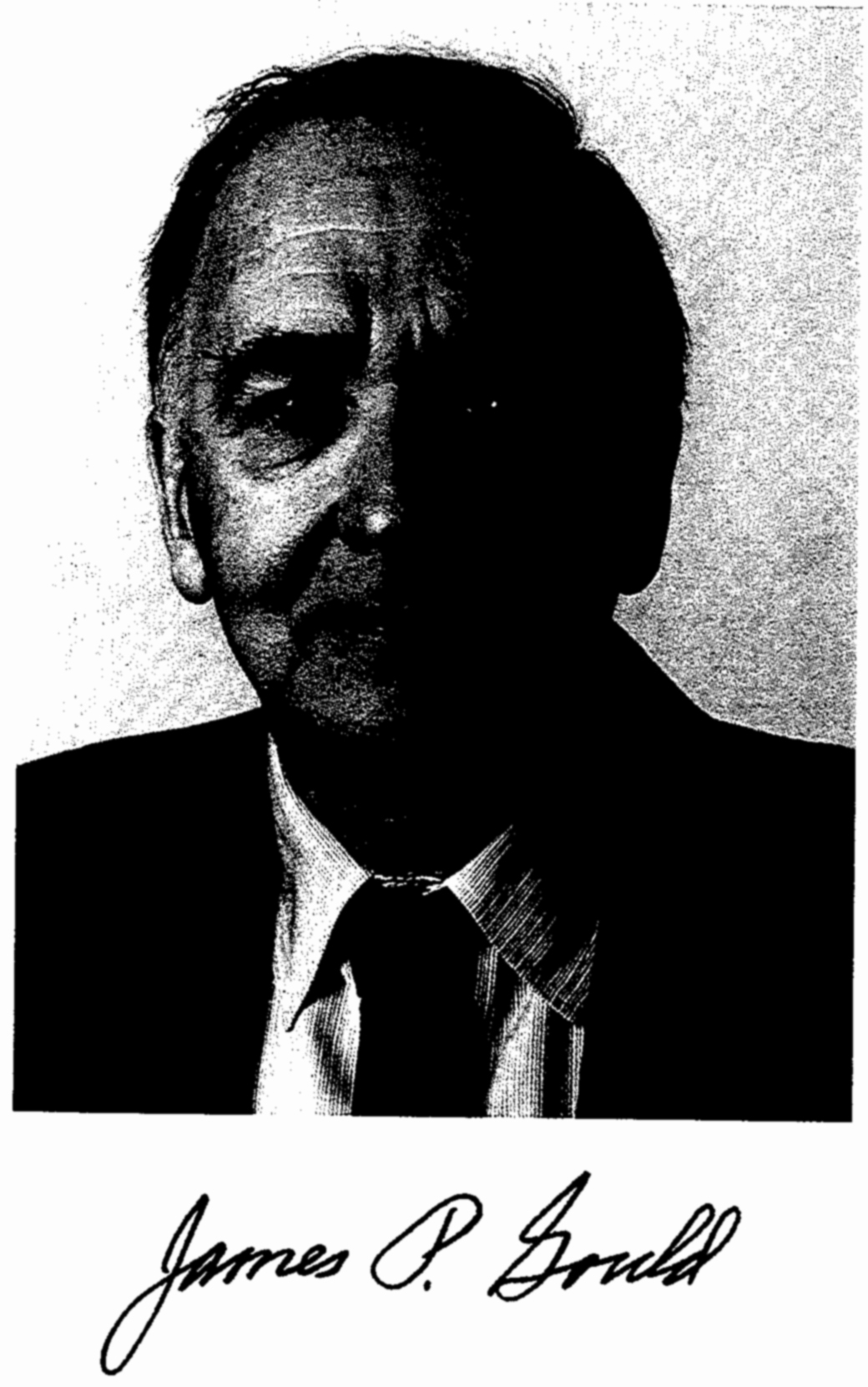Page 93
MARTIN GOLAND
1919–1997
BY CHAUNCEY STARR
MARTIN GOLAND, president of Southwest Research Institute, died on October 29, 1997, at the age of seventy-eight. Mr. Goland was born in Brooklyn, New York, on July 12, 1919. In 1940 he received an M.E. degree from Cornell University, where he graduated summa cum laude and in 1968 an L.L.D. (honorary) from St. Mary's University in San Antonio. Martin Goland was an instructor in the Medical Engineering Department at Cornell from 1940 to 1942. He headed the Applied Mechanics Section at Curtiss-Wright Corporation from 1942 to 1946. In 1946 he was recruited as chairman of the engineering mechanics division at Midwest Research Institute in Kansas City, Missouri, where he met and married his wife of forty-nine years. In 1955 he accepted a position as vice-president of Southwest Research Institute, and in 1959 he was elected president, the position he held at the time of his death. He was a member of the National Academy of Engineering; an honorary member of the American Society of Mechanical Engineers (ASME); a fellow, past president, and director of the American Institute of Aeronautics and Astronautics; a fellow of the American Association for the Advancement of Science; and a member of two professional honor societies, Sigma XI and Tau Beta PI.
Active in numerous scientific advisory groups at the national level, he had broad experience in aircraft design, applied mechanics, and operations research. He authored more than sixty
Page 94
published papers on structures, aerodynamics, mathematics, engineering analysis, research administration, and other subjects.
He received numerous professional awards in his discipline, one of the most recent being the prestigious Hoover Medal, given annually by the ASME and other professional societies to the individual “who contributed maximally to the goals and ideals of the engineering profession.” During more than five decades of service to the research and development community, he received hundreds of advisory appointments to blue ribbon civilian and military boards and committees. He chaired the National Research Council Board on Army Science and Technology and was a member of the Army Materiel Command Production Management Review Board, the National Agenda for Career-Long Education of Engineers, the Texas National Research Laboratory Commission, and the Office of Japan Affairs' Working Group on Symmetrical Access. In addition, he was a member of the board of directors of the Southern Methodist University Foundation for Science and Education, the Gulf States Utilities Company, the National Bank of Commerce and National Bancshares Corporation of Texas, and the Southwest Foundation for Biomedical Research. He has been a member of the St. Mary's University Board of trustees, the advisory board of the Cornell University College of Engineering, and the San Antonio Medical Foundation.
Other awards during his career included the ASME Spirit of St. Louis Spirit Award (1944), the ASME Junior Award (1946), the ASME Alfred Noble Prize (1946), the U.S. Army Outstanding Civilian Service Award (1972), the San Antonio Exchange Club Golden Deeds Award (1981), the American Association of Engineering Societies National Engineering Award (1985), and the Air Force Association's Walter W. McAllister, Sr. Patriotism Award (1986). From 1972 to 1982, while continuing to serve as Southwest Research Institute president, he was president of the institute's sister organization, the Southwest Foundation for Biomedical Research, one of the world's foremost biomedical research institutions. In the 1970s he was instrumental in the establishment of the Southwest Research Consortium, an organi-
Page 95
zation comprising military, scientific, education, and medical organizations collaborating on a number of biomedical research programs.
During the presidency of Martin Goland, the Southwest Research Institute achieved worldwide prominence in the fields of nondestructive performance evaluation of utility power plants, both fossil and nuclear, in fire technology, and in engines, fuels, and lubricants. Goland was an active participant in the developments within the engineering community, both nationally and internationally, and he was committed to furthering the contribution of technology to society's quality of life. His membership in the numerous policy committees of professional societies and government agencies was a reflection of the wide recognition of his quality as a statesman.
Extremely active throughout his career in community and business affairs in San Antonio, Goland was past president and chairman of the board of directors of the Greater San Antonio Chamber of Commerce, vice-president of United Way of San Antonio, a member of the Salvation Army Advisory Board, a member of the board of trustees of Keystone School, and chairman of the United San Antonio Business/Community Network for Education. In 1989 he was instrumental in helping the Alliance for Education at the University of Texas at San Antonio bring Project 2061 to San Antonio. That effort is a national test program to revitalize the teaching of science, mathematics, and technology in the nation's secondary school system. He was chairman of the alliance's community advisory committee and assisted the organization in winning a multimillion-dollar National Science Foundation contract to apply advanced science and technology teaching concepts in a thirteen-county area reaching from San Antonio to the Rio Grande Valley. The National Employees Services and Recreation Association named him the 1993 Employer of the Year. He was active in hundreds of other organizations including the YMCA, the United Negro College Fund, the San Antonio World Trade Council, public television, and the Governor's Texas Aerospace and National Defense Technology Development Council.
He is survived by his wife, Charlotte (Nelson) Goland; his two







